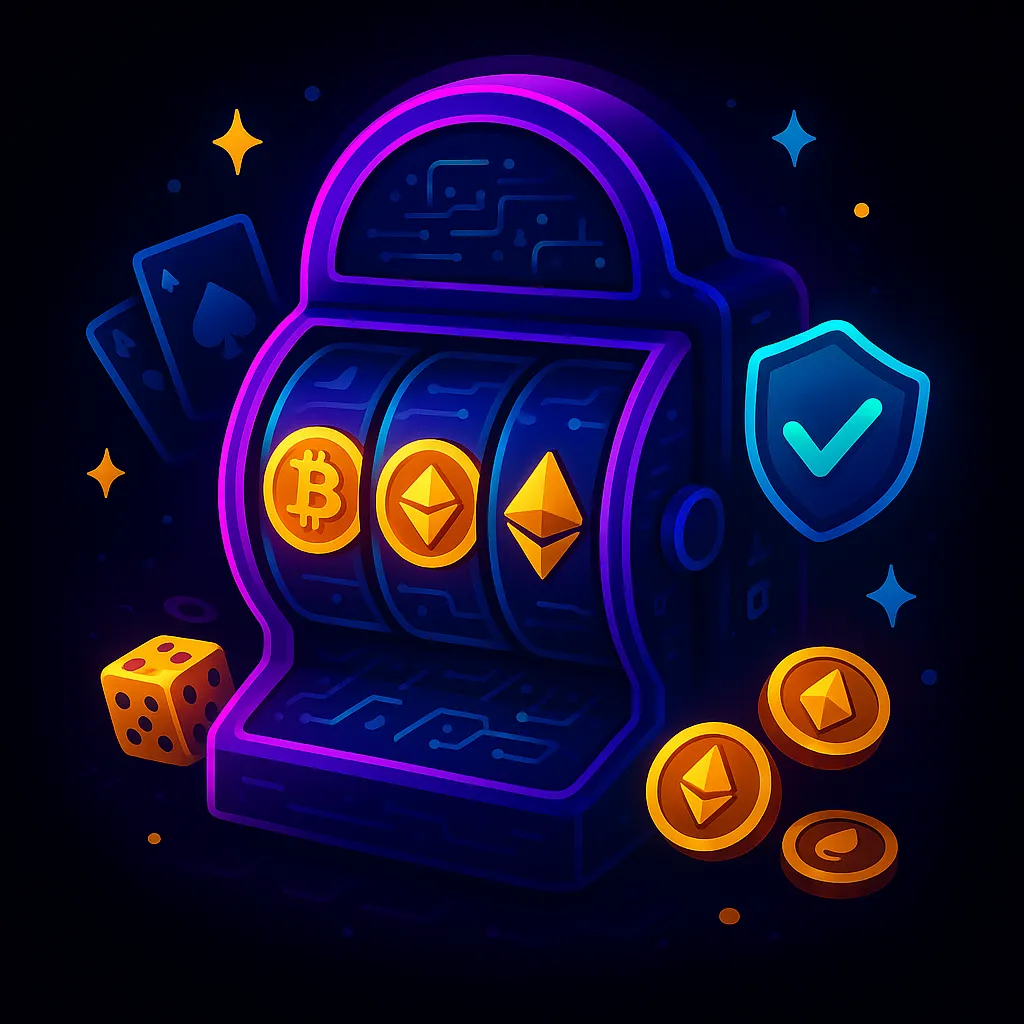One of the biggest promises of Web3 casinos is that games aren’t just fun — they’re provably fair.
In traditional (Web2) casinos, you spin the slot, roll the dice, or play blackjack, and you simply trust the casino that the result is random. But you can’t actually verify it. In Web3, that changes. You don’t just trust — you can check the math yourself.
Let’s break down what “provably fair” really means, how it works, and why it’s one of the main reasons millions of players are moving from Web2 casinos to Web3 platforms.
The Problem With Old-School Casinos
Every gambler has asked it at least once: “Are these games rigged?”
In traditional online casinos:
- Random Number Generators (RNGs) are hidden behind closed doors.
- You rely on regulators (Malta, Curaçao, UKGC, etc.) to audit the fairness.
- But scandals have happened. Some casinos have been caught rigging games or delaying payouts.
In Web2, fairness is a “trust me bro” setup. In Web3, provably fair turns it into “don’t trust, verify.”
What Is Provably Fair?
Provably fair gambling is a system that uses cryptography to prove that each game outcome is truly random and not tampered with by the casino.
It’s basically the casino showing you its homework.
Here’s the simple flow:
- Casino generates a secret random seed (hidden before the game starts).
- Player generates their own seed (or uses a browser-generated one).
- Both seeds combine to create the final random result.
- After the bet, the casino reveals its seed.
- You can verify that the hash matches the original and that the outcome wasn’t changed.
It’s like watching the dealer shuffle a deck in slow motion, then reviewing the tape afterwards to make sure no funny business happened.
A Simple Analogy
Think of it like flipping a coin with a friend.
- You pick “heads.”
- They secretly write down the result of their flip but cover it.
- Then they reveal it after the flip.
- You can check it’s legit, not changed mid-way.
That’s provably fair in gambling — just with math instead of coins.
Real-World Platforms Using It
- Stake.com: Every game (dice, blackjack, slots) comes with a “verify” button. Click it, and you can check the math of your last bet.
- BC.Game: Built its reputation on provably fair dice games before expanding into full casino and sports.
- Fairspin.io: Blockchain casino where game results and payouts are literally stored on-chain.
- FunFair (legacy project): One of the first experiments in Ethereum smart contract gambling, showcasing provable fairness as a core principle.
Why It Matters
A 2023 survey by SOFTSWISS found that 70% of Web3 gamblers said provable fairness was their top reason for switching from Web2 casinos. Trust is everything in gambling, and when you can verify the results yourself, you’re more likely to play bigger and longer.
Provably fair also attracts degens who don’t want to rely on regulators or middlemen. Instead of believing in “a license” — they believe in math.
A Real Math Example (Simplified)
Don’t worry, we’ll keep it beginner-friendly.
Let’s say you’re rolling dice on a Web3 casino.
- The casino seed is: “abcd1234” (hidden at first).
- Your seed is: “wxyz5678.”
- Together, they’re hashed into something like: “8f12a9…”
- That hash is converted into a random number, say 3.
- You roll the dice → result = 3.
- After the roll, the casino shows you its seed.
- You can check the math, see that the hash matches, and confirm it wasn’t changed.
That’s how provably fair ensures transparency.
Benefits for Players
- Transparency: No more “rigged slots” suspicions.
- Control: Players can add their own seeds, influencing randomness.
- Trustless: You don’t need to trust the casino — just the math.
- Community confidence: Results can be verified, making platforms grow faster.
But Keep It Real — The Limitations
Provably fair doesn’t mean “guaranteed profit.” It just means the game is fair. The house still has an edge (usually 1–5% depending on the game).
Also:
- Many “provably fair” casinos only apply it to simple games like dice or roulette. Slots and sports bets may still be server-side.
- Some casinos advertise “provably fair” but hide the verification in small menus, so most players never check.
- Users still need to understand the basics of hashes and seeds to verify — which can be intimidating.
Future of Provably Fair
As blockchains scale, we’ll see more fully on-chain games where randomness is provided by decentralized oracles like Chainlink VRF (Verifiable Random Function) or Pyth. These services make randomness public, provable, and untouchable by any casino.
Imagine:
- Blackjack where the shuffle is done by Chainlink VRF.
- Slots where every spin is recorded on Ethereum or Solana.
- Poker hands fully transparent yet still private to players.
That’s where Web3 gambling is heading.
Final Word
Provably fair gambling flips the script. Instead of hoping the house plays fair, you get to check the math yourself. It’s cryptography in action — turning skepticism into confidence.
Will you still lose if luck isn’t on your side? Of course. The house edge doesn’t disappear. But at least now, you know you’re playing a real game, not a rigged one.
In a world where trust is rare, provably fair is why Web3 casinos feel like the future.
Welcome to the transparent casino, fam. Wagmi. 🚀


